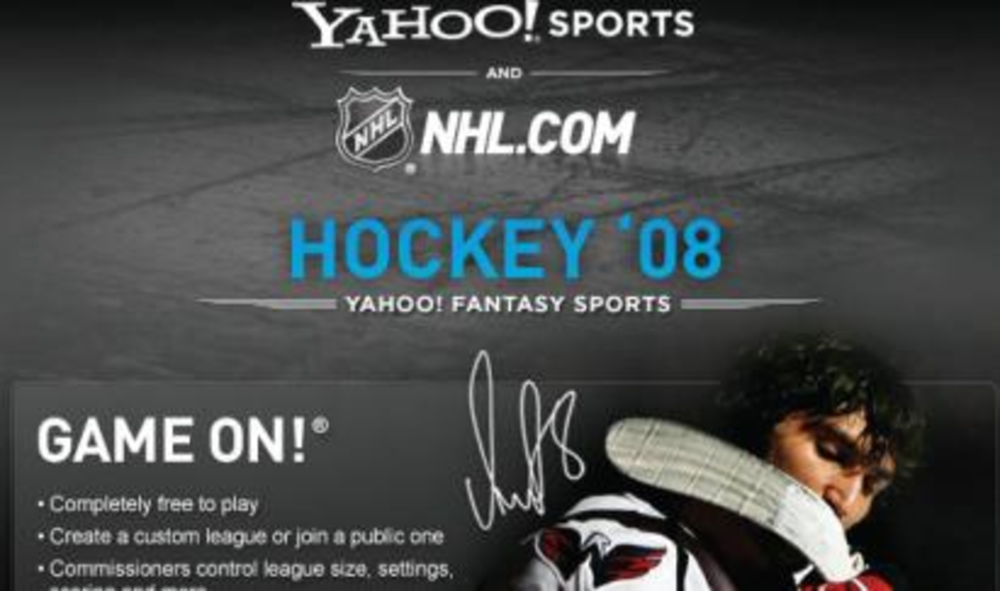Gone are the days of slapping an ad on a baseball stadium’s outfield wall and calling it a campaign. Today’s sports marketers need to take a multichannel, multiplatform approach to engage today’s tech-savvy fans, say experts. Fantasy leagues, blogging and social media have broadened the fan experience, and marketers must adapt to reach fans that no longer rely solely on radio, print and television.
“Today’s sports fan is radically different than years ago,” said Jason Teitler, SVP at Steiner Sports and Entertainment Marketing. “Now, fans can follow up to 10 sports or more because of the ability to get information on a regular basis and experience the sport without being [at the game].”
The fragmentation of media has made it trickier to reach sports audiences, but marketers can capitalize on fans’ passion and allegiance to their favorite teams, which make them natural brand ambassadors and candidates for viral campaigns.
“If you’re selling blue jeans, and you want to create a mobile or viral campaign, it’s going to take heaven and earth to get that to move, because no one is passionate about blue jeans,” explains Elizabeth Estes Cooper, EVP and chief strategy officer at interactive agency JHG. “People are passionate about their teams, so teams have the best opportunities to use their content to help their partners and sponsors play in the [interactive] space.”
Mobile has recently emerged as an essential part of any interactive sports campaign, as opposed to being an added component, Cooper adds. Many teams now engage viewers with in-game text polls and contests, but some have begun to employ mobile to update subscribers on such news as a player’s injury status — using mobile to bring information to users rather than waiting for fans to access the information themselves.
The Big East Conference is also trying to bring information to fans proactively, though the 16-team college league is an exception to mobile’s effectiveness because most people are fans of individual school teams rather than the conference as a whole.
Ben Fairclough, director of marketing and Web development for The Big East, notes that the NCAA Tournament in March is perhaps the only time all year that fans may fragment their team allegiance for the sake of league affinity, and root for another Big East team other than their own just because both teams are in the same conference.
“Our biggest challenge is reaching out through the schools directly to the fan bases to create that synergy between the member school and the conference,” he says.
Like the Big East, the National Hockey League is hoping to tap into fans’ individual team allegiances in order to promote the league as a whole, though they hope to broaden fans’ perspective through fantasy leagues rather than a league tournament.
“One of the key tools we have to deal with [NHL fans’] tribalism is a notion that fantasy users, when their rosters are populated with players from across the league, will start to pay attention to what’s going on [with other NHL teams],” explains Mike DiLorenzo, director of corporate communications at the NHL. “If you’re a passionate fan of the Rangers, for example, somewhere inside you is a hockey fan. We’re looking to build off of your local passion by exposing you to things that are going on beyond your local market,” DiLorenzo continues.
Though traditional channels still play a role in driving fans to the interactive space, marketers need to adapt to this broader, more interactive view of sports, or otherwise risk not reaching the most influential fans, or, as Teitler describes them, “the ones who aren’t paying attention to the outfield wall.”
Campaigns
Bills Toronto Series
Web site
Interactive agency JHG was named AOR for the Bills Toronto Series, an eight-game series of Buffalo Bills preseason and regular season home games to be played in Toronto over the course of five years, which began this past August. The Series is a partnership between the Bills, the NFL and Rogers Communications. JHG promoted the Series through a Web site that offered logistical information about the Toronto games as well as tickets. The site also featured a blog and sign-up page for e-mail updates.
National Hockey League
Co-branded fantasy sports game
The NHL recently relaunched its main Web site, NHL.com, and has partnered with Yahoo Sports to launch a co-branded fantasy sports game. Features on the new NHL.com include single sign-on, the ability to watch every NHL game live through streaming video, and in-game chat. The site also has a photo library and offers visitors ability to purchase photos straight from the site.
Big East
Viral desktop application
In an effort to reach fans with news of the 16 teams in the conference, the Big East partnered with Real Time Matrix to use the agency’s Vortex viral desktop application. Launched in September, the application supplies sport-specific news as well as video. The application also can be stored on personalized desktops as well as Facebook and MySpace pages.








